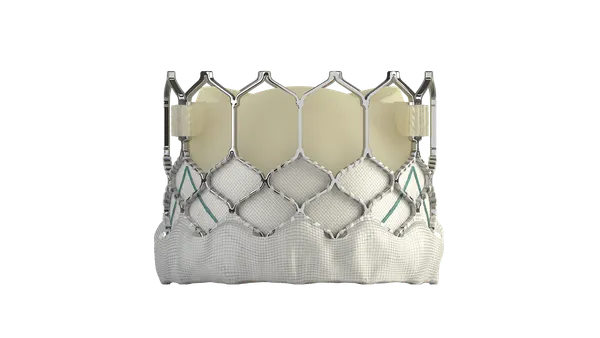Dive Brief:
-
Teleflex has withdrawn its 2020 outlook after seeing COVID-19 deliver a big hit to key growth driver UroLift, a device to treat symptoms of benign prostatic hyperplasia.
-
In results shared Thursday, Teleflex said UroLift sales rose 24% in the quarter but would have been “significantly higher” without COVID-19. UroLift sales were up almost 40% over the first two months of the year, before contracting in March.
-
The whiplash downturn weakened Teleflex’s main growth driver, but management expects demand to rebound quickly, pointing to the fact the UroLift procedure can be done in outpatient settings to make its case.
Dive Insight:
Like other medtech companies, Teleflex identified mid-March as the point at which COVID-19 began to drag significantly on sales, so it was largely unaffected by the virus for most of the quarter. Sales of UroLift were up 38% in January and February. In March, sales fell 3%, reflecting a 64% drop in revenue over the last two weeks of the quarter.
As many measures taken by Western countries in mid-March remained in place throughout April, it is likely that the second quarter results will be more significantly impacted by COVID-19. If the trends seen in March continue deep into the second quarter, sales of UroLift, which grew almost 50% last year, could contract. Teleflex’s surgical and interventional access units, which posted declines in sales in the first quarter, are also expected to suffer as a result of COVID-19.
Teleflex CEO Liam Kelly expects surgical and interventional access to take some time to rebound, but is more optimistic about the chances of UroLift making a quick recovery given the sites at which it is implanted.
“It is our belief that UroLift procedures would be the first to come back in phase one [of the U.S.’s strategy for exiting lockdown]. Approximately 60% of those procedures are performed in an office or [ambulatory surgery center] setting," Kelly told investors.
He also added that based on interviews with high-volume users, capacity issues should not be a problem when such procedures resume.
Kelly expects states that account for 60% of UroLift sales to start lifting lockdown measures soon. Even so, an immediate rebound is unlikely, with Kelly predicting consumer confidence will need to return before large numbers of people are comfortable visiting a healthcare center to undergo a procedure.
With the prospect of a UroLift recovery on the horizon, Teleflex opted against furloughing or laying off staff to ensure it has the key personnel in place to drive sales growth when lockdowns lift.
The situation has led Teleflex to cut costs in other areas, though, including some exec pay, discretionary spending and delaying a direct-to-consumer UroLift campaign.
COVID-19 left its mark on sales in Asia. Constant currency sales in the region fell 9% in the quarter, compared to growth of 4% in the U.S. and Europe, the Middle East and Africa.
Sales in Europe appeared to benefit from COVID-19 in the quarter, in fact, as Teleflex customers ordered more anesthesia, respiratory and vascular access products. Demand for some of those devices may remain up throughout the pandemic, although the negative impact of the outbreak on other products makes the situation a net negative for Teleflex. Around one-third of Teleflex’s products are used in the sorts of elective procedures hospitals deferred in response to COVID-19.










